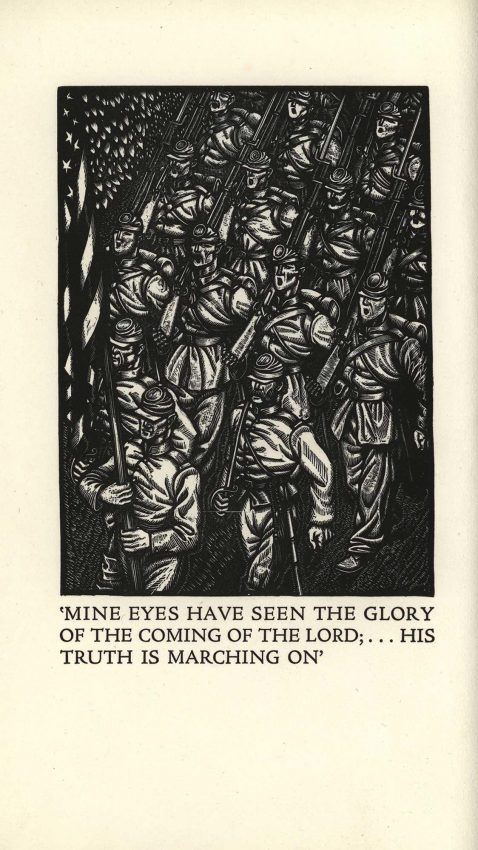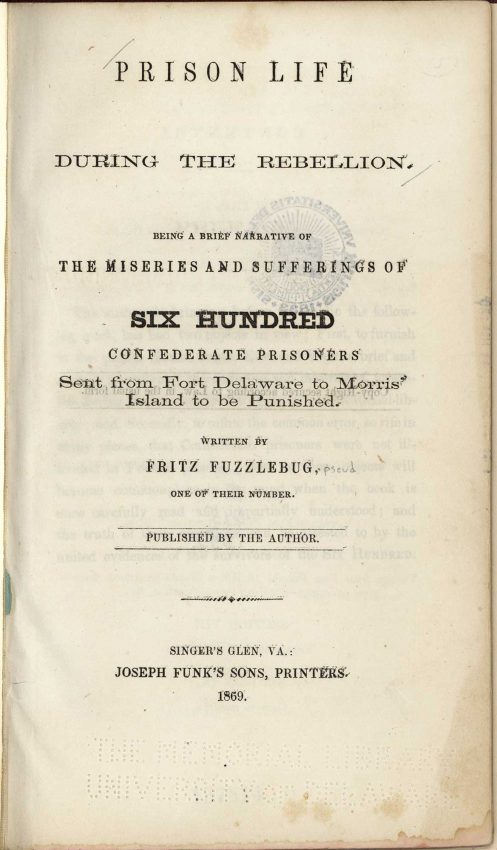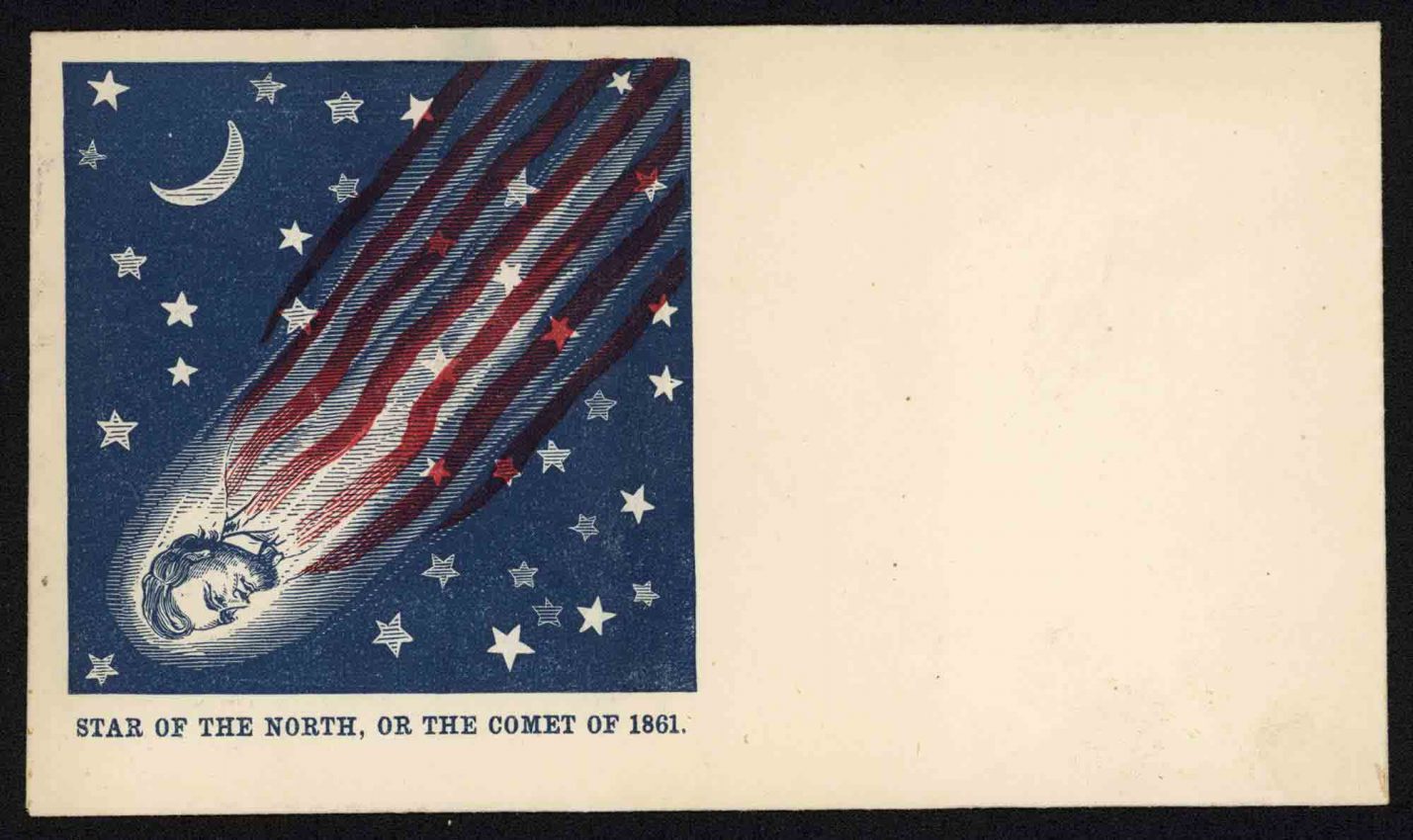John C. Grover. Civil War journal, 1861-1865, 92 pp.
This journal was kept by Private John C. Grover of the Massachusetts 17th Infantry and chronicles his experiences fighting in the American Civil War from 1861 to 1865. Grover's journal contains frequent, autograph entries chronicling his experiences as a Union soldier from September 18, 1861, to July 27, 1865. Entries are short, but they provide information on troop movements, battles, orders, Grover's pay, the supplies he received, his daily activities, and news from other regiments. He also mentioned many soldiers dying of fever. In his entries shown here from April 9 - 18, 1863, he describes his involvement in a battle near Washington, North Carolina.
Ambrose Bierce,1842-1914. Battle Sketches, with eight engravings on wood by Thomas Derrick. London: First Edition Club, 1930.
This handsomely-designed and printed fine press edition collects six of Bierce’s reminiscences of his experiences as a Union officer during the Civil War.
Ambrose Bierce,1842-1914. Battle Sketches, with eight engravings on wood by Thomas Derrick. London: First Edition Club, 1930.
Fritz Fuzzlebug, pseud. Prison Life During the Rebellion, Being a Brief Narrative of the Miseries of Six Hundred Confederate Prisoners Sent from Fort Delaware to Morris Island to be Punished. Singer's Glen, Va.: Joseph Funk's Sons, Printers, 1869.
This memoir reports on the mistreatment of a group of Confederate prisoners who came to be known as The Immortal Six Hundred at the hands of Union soldiers in federal prisons. The prisoners were captured by the Union Army in retaliation for the Confederacy’s rumored use of Union officers as human shields against the firing on civilians in Charleston in 1864. The soldiers’ incarceration included several transfers, beginning and ending at Fort Delaware. The memoir documents the soldiers’ sufferings, escape attempts, and general refusal to take the oath of allegiance.
A Confederated "DEAD HEAD."
Civil War Patriotic Covers
From the earliest days of the Civil War, designs began to appear on envelopes sold to the public which expressed various kinds of patriotic sentiments and/or negative caricature-like opinions of the enemy, or some other type of related subject. This type of postal expression had never been used to any extent prior to the Civil War. Featuring strong graphic images, these covers expressed patriotic and propagandistic messages. Common images include flags, eagles, soldiers, and portraits and caricatures of famous Civil War figures and others.
COL. ELLSWORTH, His last Letter to his Parents.
STAR OF THE NORTH, OR THE COMET OF 1861.








